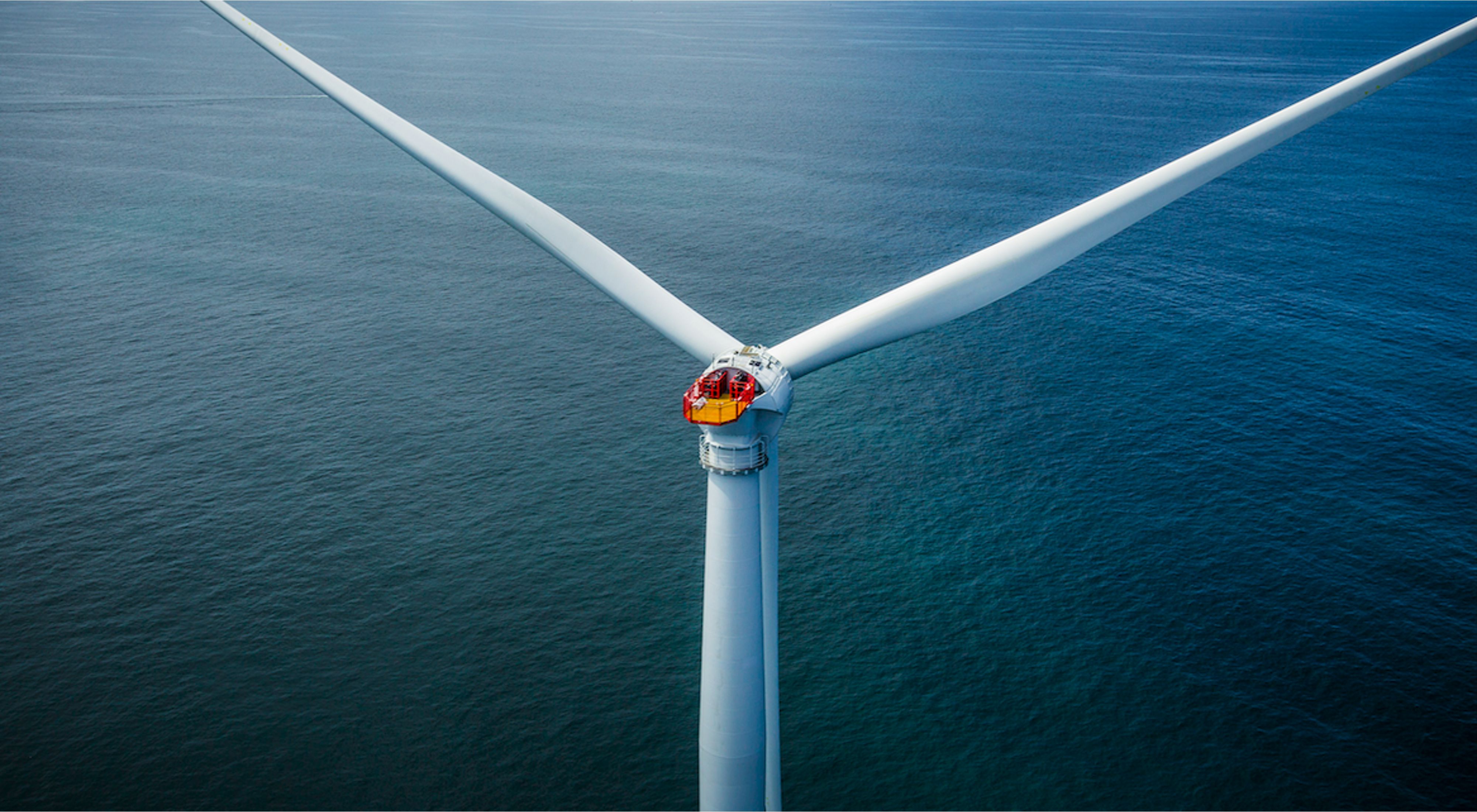COP29: Your Guide to the 2024 UN Climate Conference
When it comes to the climate crisis, every action matters.
From November 11-22, representatives from nearly 200 countries will come together to coordinate global climate action for the next year—an event referred to as COP29.
This guide will tell you what to expect from the event, what policies TNC is advocating for, and what this all means for you.
This page reflects the ever-changing nature of climate negotiations. Check back regularly for updates.
Global Insights.
Check out our latest thinking and real-world solutions to some of the most complex challenges facing people and the planet today.
What is COP29?
COP29 stands for the 29th Conference of the Parties to the United Nations Framework Convention on Climate Change. In this guide we’ll call it COP; you might also hear this referred to as the UN climate change convention.
At the annual climate COP, delegates from nearly every country on Earth negotiate global goals for tackling climate change, present their individual countries’ plans for contributing to those goals, and report on their progress.
Key Facts About Nature & Climate
-
1.5° C
The target for limiting global warming to reduce the harmful effects of climate change.
-
1/3
The amount of emission reductions we could realize by protecting and restoring nature.
-
<10%
The amount of climate funding currently allocated to nature-based solutions.
Watch the full interview here with TNC’s Global Managing Director Clare Shakya and Climate Policy Advisor Ximena Apéstegui—as they discuss the power of nature in climate finance and the innovative strategies available to harness public and private investment at a planet-sized scale.
Why is COP29 important?
The world is already grappling with the severe impacts of a warming planet: record-breaking wildfires, catastrophic floods, and relentless heat waves. Worse yet, the first-ever Global Stocktake—a climate progress report—revealed just how far we’ve fallen behind our goals. We need urgent, transformative action and COP29 is our opportunity to step up and meet the moment.
The climate COP meets in a different city every year to demonstrate the importance of collaboration from nations across the globe. This year’s meeting will be held in Baku, Azerbaijan, November 11 to 22. While the overall goal of all these meetings is increasing global cooperation to fight climate change, the specific topics can vary each year.
Similar to last year, the host country sets the tone and initial direction of discussion.
What are some key topics COP29 will focus on?
What do we need to see happen at COP29?
As countries work to update and align their climate plans, TNC staff will be at the forefront of COP29 negotiations with government and business leaders.
We are advocating for a swifter transition to renewable energy sources, greater use of natural climate solutions, and more investment from both the public and private sectors, especially to help those countries that have been most affected by the impacts of climate change.
We're also working to ensure there is increased inclusivity and equity in climate policy processes since the leadership of marginalized groups, like Indigenous Peoples and Local Communities (IPLCs), are essential to protecting cultural and biological diversity.
TNC’s three core priorities for COP29
As a global society, we must:
- Phase out fossil fuels. We must accelerate the equitable phase-out of fossil fuels to achieve net zero by 2050 or sooner and transition to renewable energy.
- Build climate-resilient societies. We must empower groups who steward nature to secure their homes, livelihoods and futures.
- Invest in financial flows towards climate. We must inspire commitments and investments in nature-positive projects, policies and practices.
And that’s not all. We’ll be tracking specific policy actions as the negotiations progress and grading how the world performs according to our COP29 Scorecard.
What can we all do to help address climate change?
Every action matters. Every ounce of carbon, every fraction of a degree, every day matters. Our leaders’ climate actions matter and your climate actions matter too.
Climate actions you can take:
-
Our FAQs about climate and guide to talking about climate change will help you feel more comfortable raising these topics at the dinner table with your friends and family.
Want to have an age-appropriate conversation about climate change with kids? Nature Lab has a variety of lessons, videos and other resources to educate K-12 students on climate issues and solutions.
-
Share this page on your social channels so others know what they can do, too. Here are hashtags to join the conversation: #COP29 #NatureNow
-
Measure your own carbon footprint and learn how the climate has changed since your own “carbon birth year.”
-
If you're in the U.S., speak out for climate action now at all levels of government. Pledge to stand with The Nature Conservancy as we call on U.S. leaders to put nature and climate solutions on the policy agenda.
-
Get our timely takes on some of the biggest challenges facing people and the planet. Sign up now.
-
Educate yourself and share the knowledge. If you feel ready to take a deep dive, scroll down to the next section for some resources we've put together on key topics that will be discussed at COP29.
Dive deeper on the issues at COP29
Want to learn more about some of the issues at COP29? In this last section of the guide, we’ve curated articles and videos on the most important issues at this year's climate conference.

Indigenous and Local Community Leadership
Explore the Emerald Edge in 360°
Watch 360° Video (mobile)



Sign up for TNC’s Global Insights newsletters
Real-world solutions to the most complex challenges facing people and nature today.








